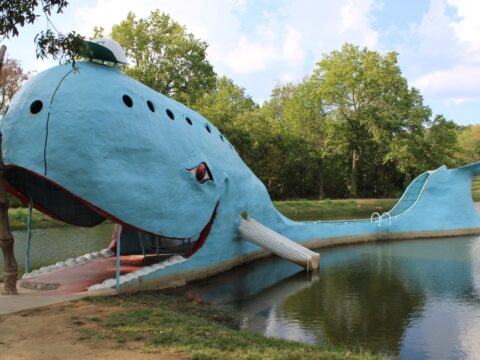The International Space Station (ISS) is one of humanity’s greatest achievements, orbiting Earth as a hub for scientific research and international collaboration. While many know about its role in space exploration, the ISS holds countless secrets and surprising details that often go unnoticed. In this article, we’ll uncover 15 mind-blowing facts about the ISS that highlight its incredible engineering, groundbreaking discoveries, and the unique life aboard this floating laboratory.
Contents
International Collaboration
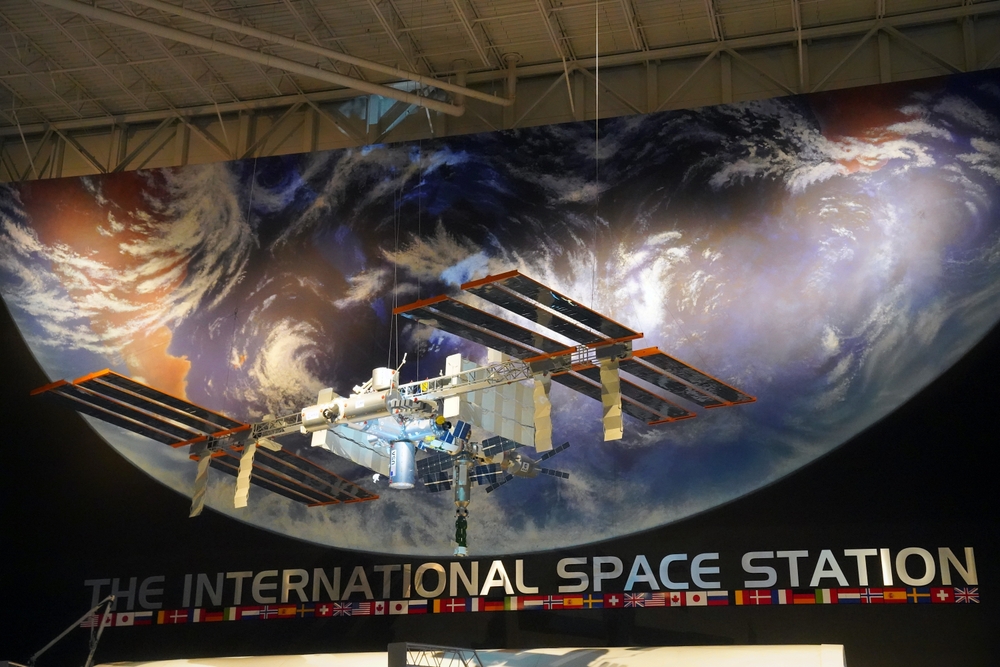
The International Space Station (ISS) is a testament to international cooperation, involving 15 nations including the United States, Russia, Japan, Canada, and several European countries. This collaboration allows for shared resources, expertise, and costs, making the ISS a symbol of what can be achieved when countries work together. The diverse contributions from different space agencies ensure that the ISS is equipped with cutting-edge technology and scientific equipment from around the world.
Continuous Human Presence
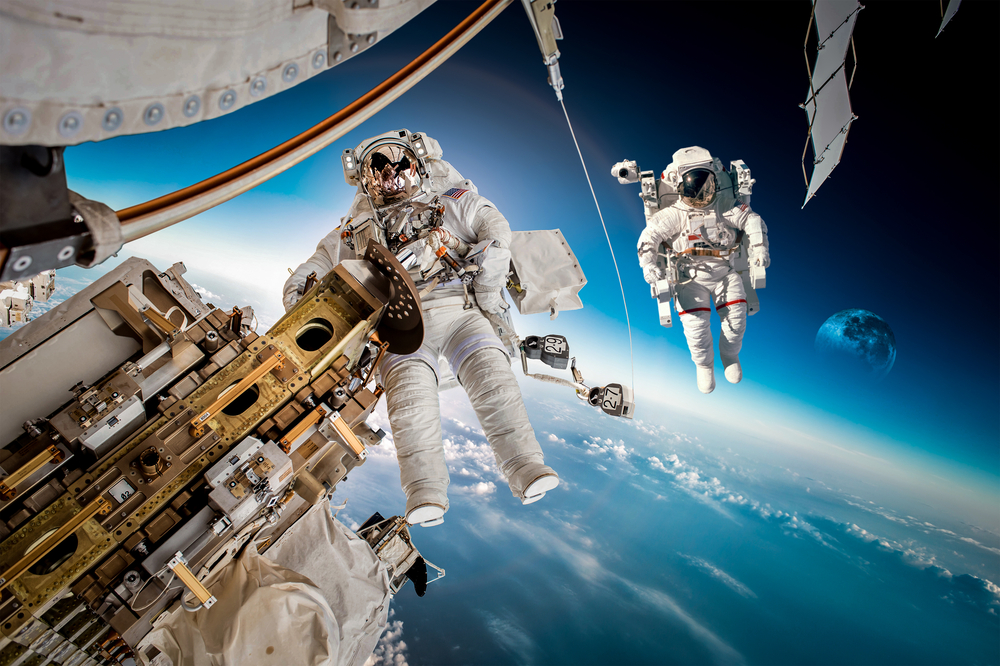
Humans have continuously inhabited the ISS since November 2000, creating over two decades of unbroken human presence in space. This continuous occupation has allowed for extensive research on the long-term effects of microgravity on the human body, providing valuable data for future long-duration missions to Mars and beyond. The ongoing presence of astronauts on the ISS has also enabled real-time experiments and the ability to quickly address and troubleshoot issues.
Massive Structure

The ISS is the largest human-made structure in space, measuring roughly the size of a football field. With a mass of approximately 420,000 kilograms (925,000 pounds), it provides ample space for laboratories, living quarters, and equipment. The ISS comprises multiple interconnected modules, each serving a specific purpose, such as research, habitat, and control.
Fast Orbit
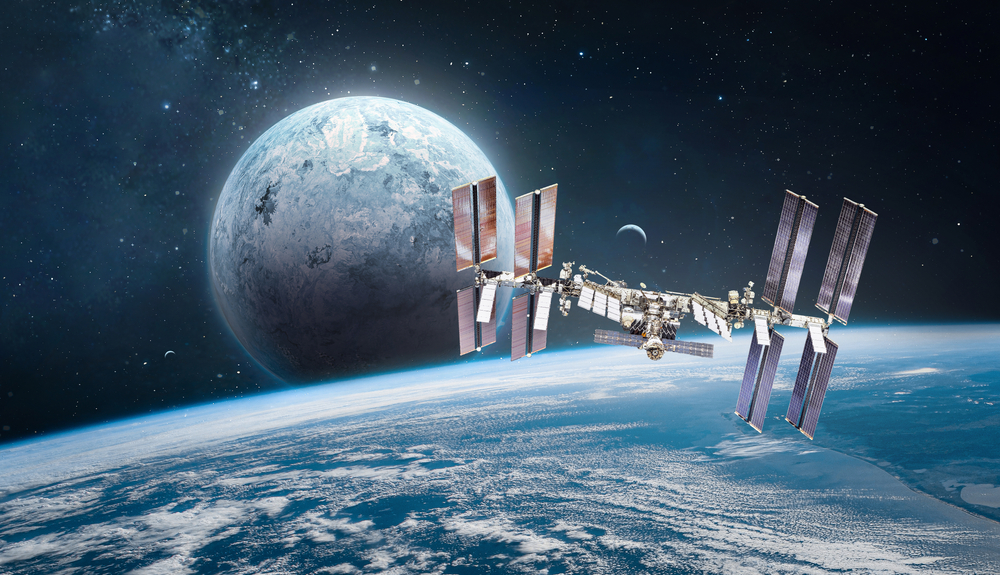
The ISS travels at an astounding speed of approximately 28,000 kilometers per hour (17,500 miles per hour), completing an orbit around Earth roughly every 90 minutes. This high velocity allows the ISS to maintain its low Earth orbit and provides unique observational opportunities, as the station passes over different parts of the planet multiple times a day.
Sunrises and Sunsets
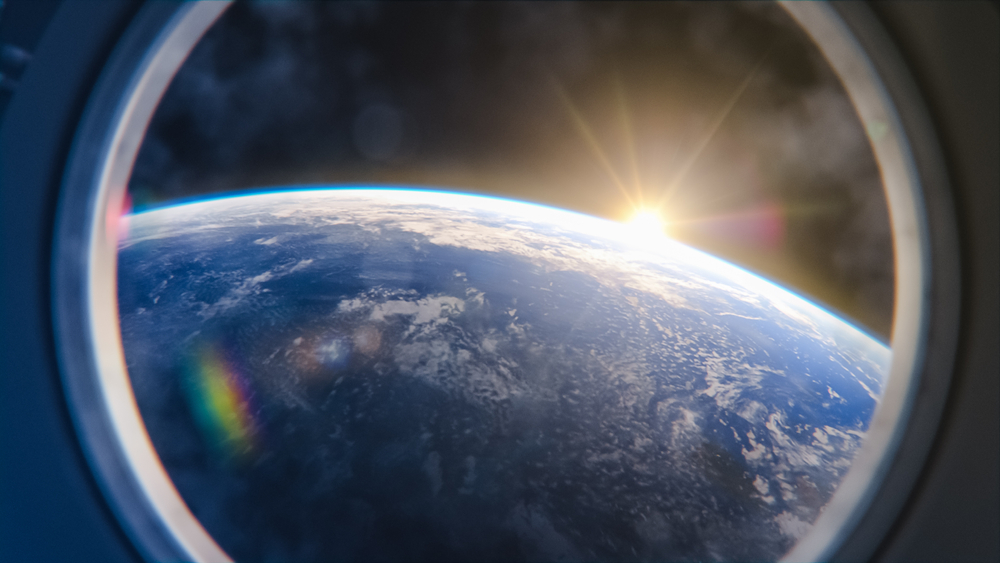
Astronauts on the ISS witness 16 sunrises and sunsets each day due to the station’s rapid orbit around Earth. This frequent transition between day and night offers spectacular views and unique research opportunities to study the Earth’s atmosphere and the effects of these rapid light changes on the human body.
Assembly in Space
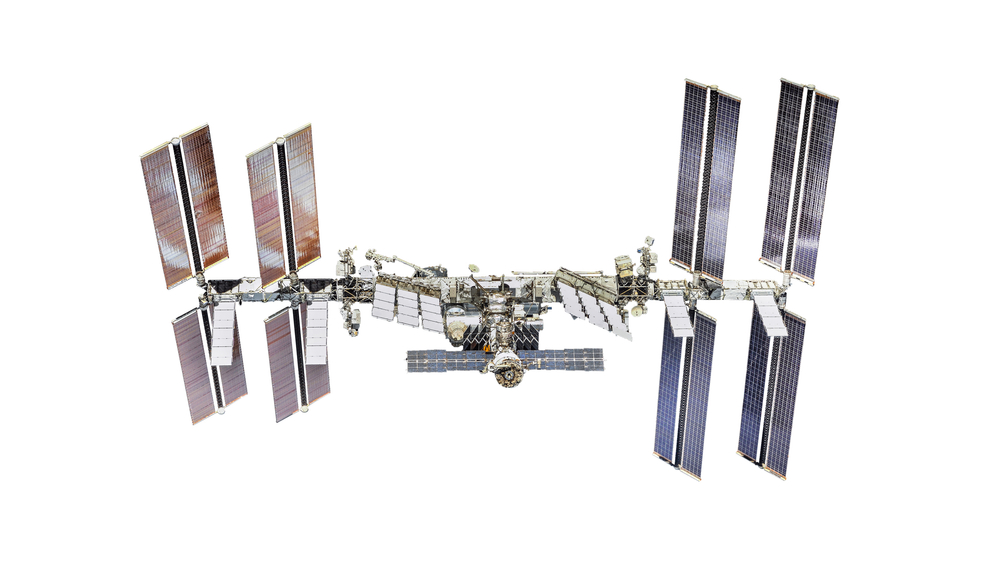
The ISS was assembled in space, piece-by-piece, over several years, involving more than 40 missions to transport and connect its various modules. This modular construction allowed for incremental improvements and adaptations, ensuring that each part was optimized before being added to the structure. The complex assembly process showcased the capabilities of space agencies and their ability to execute precise and coordinated missions.
Weightless Environment
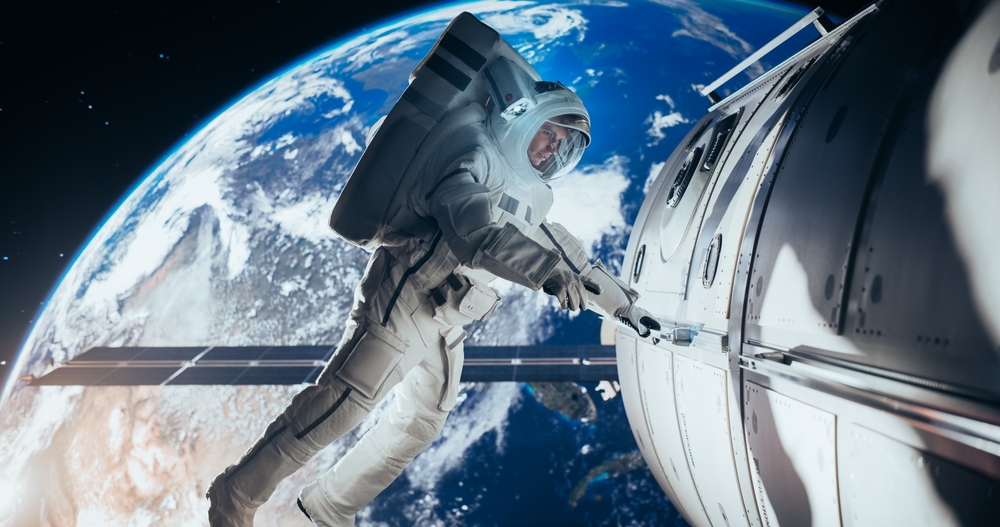
The microgravity environment on the ISS provides a unique setting for scientific experiments that cannot be conducted on Earth. Researchers study the effects of weightlessness on biological organisms, materials, and physical processes, leading to breakthroughs in fields such as medicine, materials science, and fluid dynamics. These experiments help us understand fundamental scientific principles and develop new technologies.
International Crew
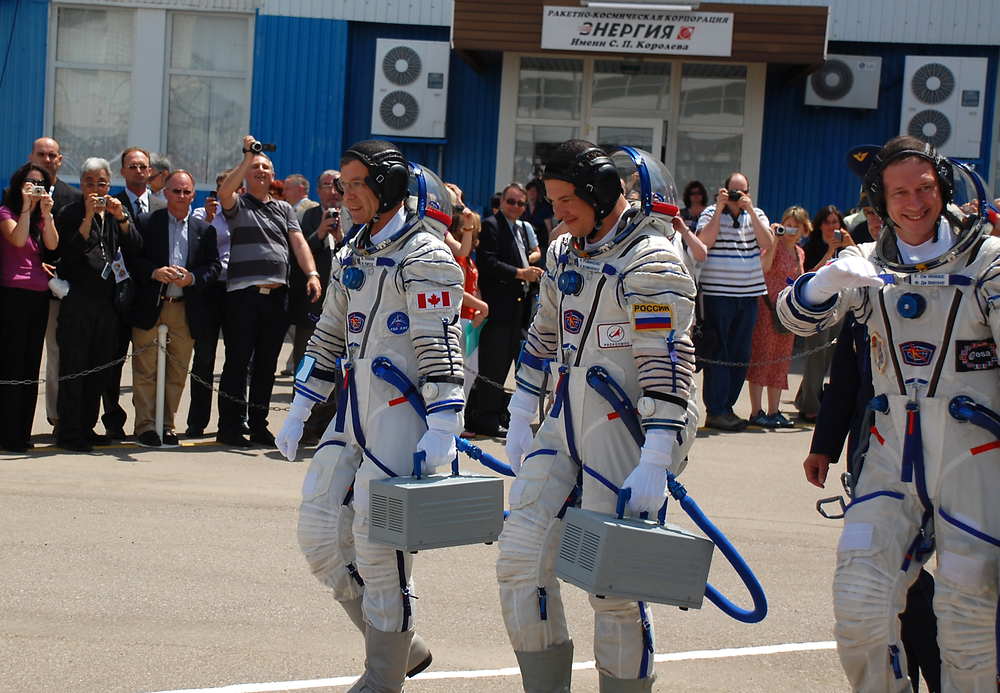
The ISS typically hosts an international crew of six astronauts from various countries, promoting global cooperation and cultural exchange. This diverse crew composition enhances problem-solving and innovation, as astronauts bring different perspectives and expertise to the table. Living and working together in the confined space of the ISS also fosters strong teamwork and camaraderie.
Laboratory in Space

The ISS serves as a floating laboratory for conducting experiments in various scientific disciplines, including biology, physics, and astronomy. The unique conditions of space allow for experiments that are not possible on Earth, leading to new discoveries and advancements. The ISS’s laboratory capabilities have contributed to over 2,500 scientific publications, highlighting its importance as a research platform.
Advanced Communication
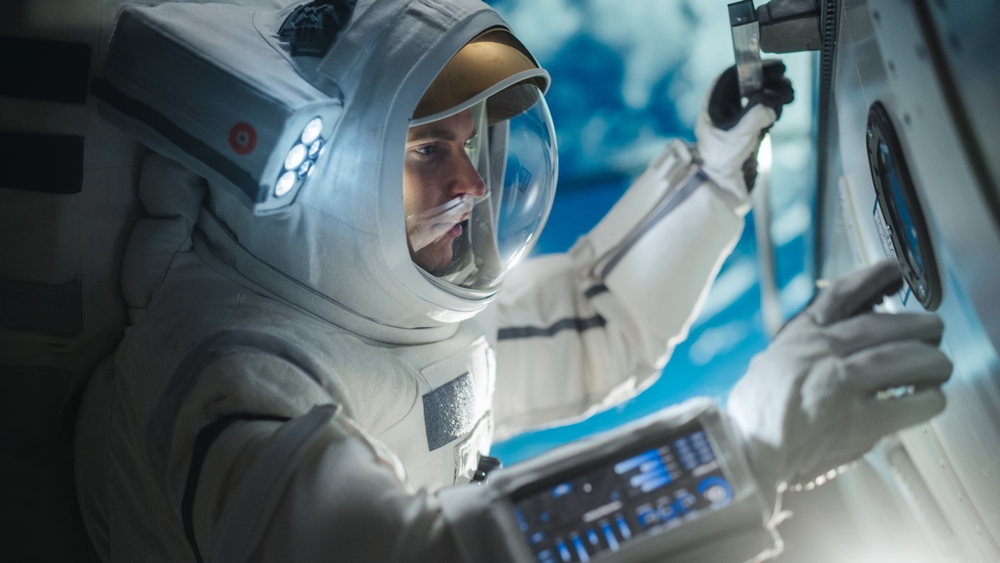
The ISS features a sophisticated communication system that enables real-time contact with mission control centers on Earth. This system ensures that astronauts can receive instructions, share data, and stay connected with their families and the public. The advanced communication infrastructure is crucial for the safety and success of missions, allowing for timely responses to any issues that arise.
Water Recycling

The ISS employs a highly efficient water recycling system that recycles about 93% of the water astronauts use, including urine. This system ensures a sustainable water supply, reducing the need to transport large quantities of water from Earth. The technology developed for the ISS’s water recycling system has potential applications for water conservation on Earth and future long-duration space missions.
Robotic Arm
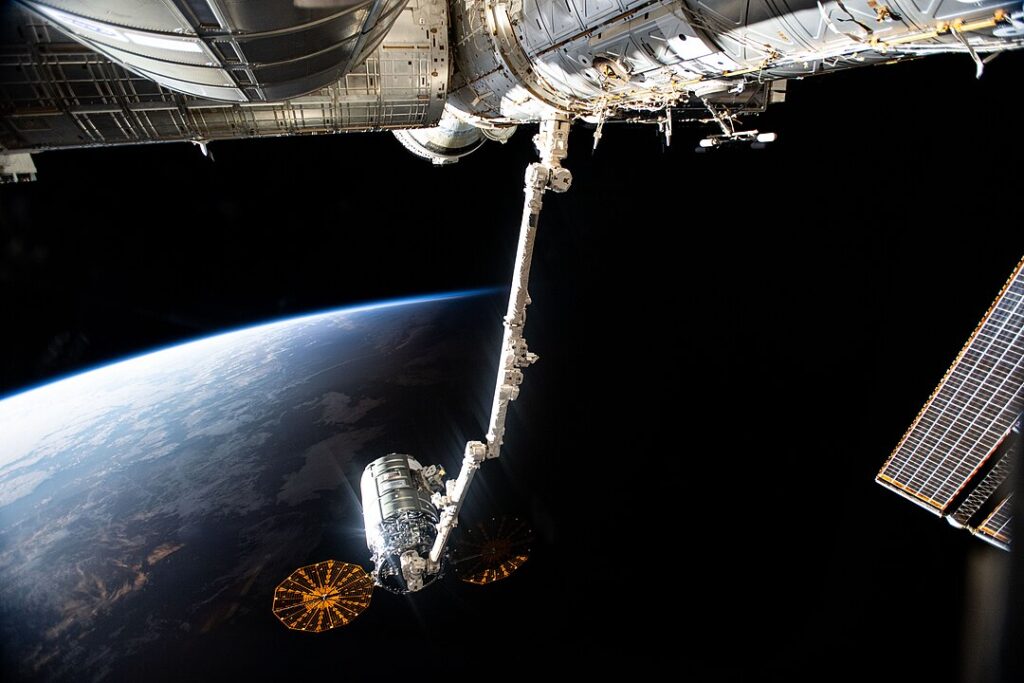
The Canadarm2, a robotic arm on the ISS, plays a vital role in maintenance, capturing cargo spacecraft, and assisting astronauts during spacewalks. This versatile tool extends the capabilities of the crew, allowing for precise manipulation of objects and repair tasks that would be difficult or dangerous for astronauts to perform manually. The Canadarm2 is a prime example of advanced robotics in space exploration.
Spacewalks
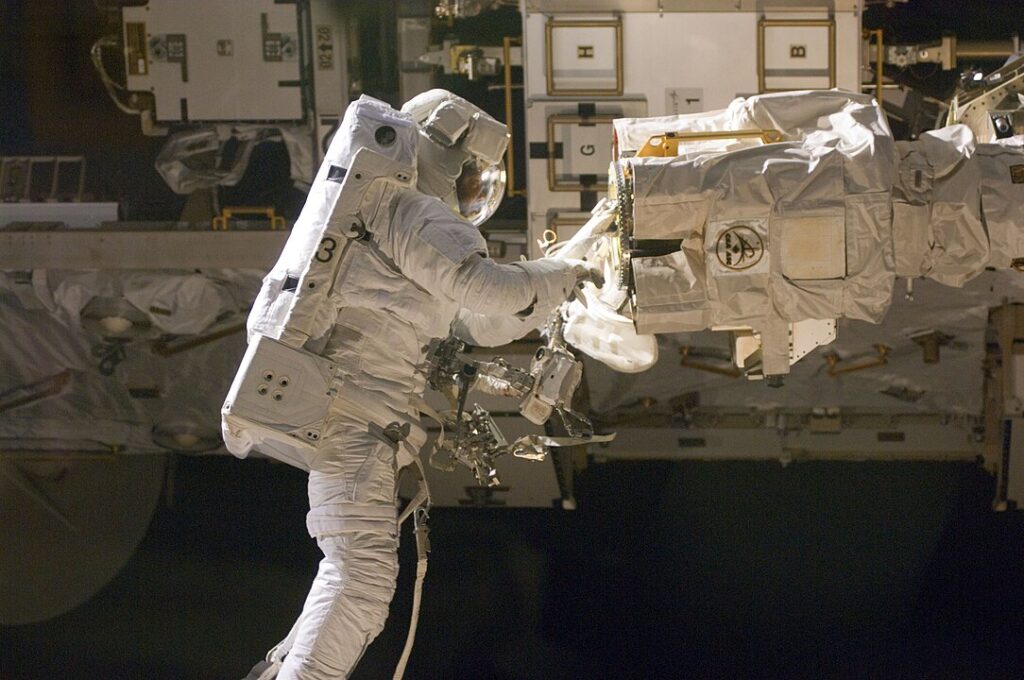
Astronauts regularly perform spacewalks, also known as extravehicular activities (EVAs), to maintain and upgrade the ISS. These spacewalks are essential for tasks such as installing new equipment, repairing systems, and conducting experiments. Each spacewalk is meticulously planned and executed, showcasing the skills and bravery of the astronauts and the support teams on Earth.
Scientific Output
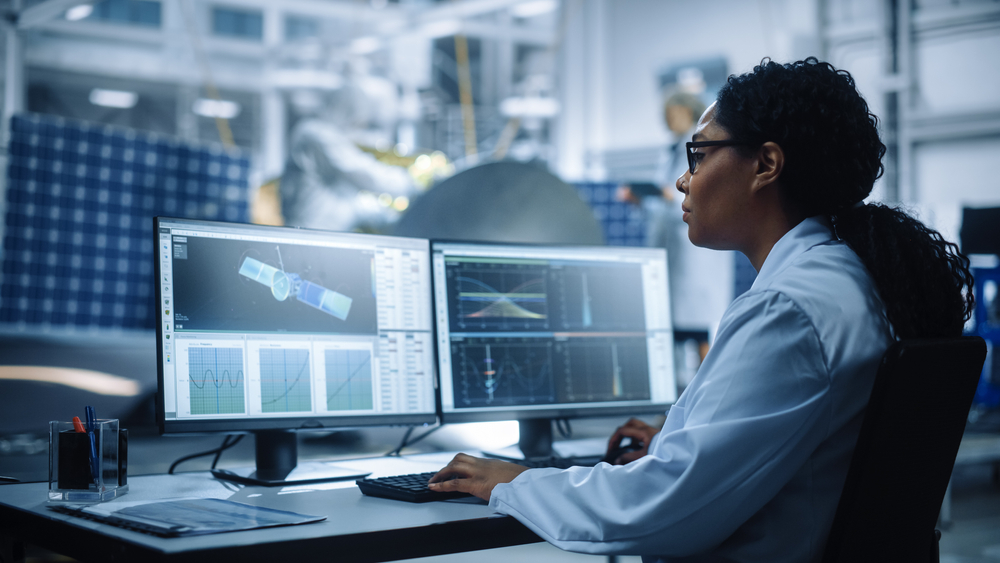
Research conducted on the ISS has led to over 2,500 scientific publications, advancing knowledge in various fields. The station’s unique environment allows for experiments that yield new insights into biological, physical, and chemical processes. This research has practical applications on Earth, including improvements in medical treatments, materials, and technologies.
Growing Food in Space
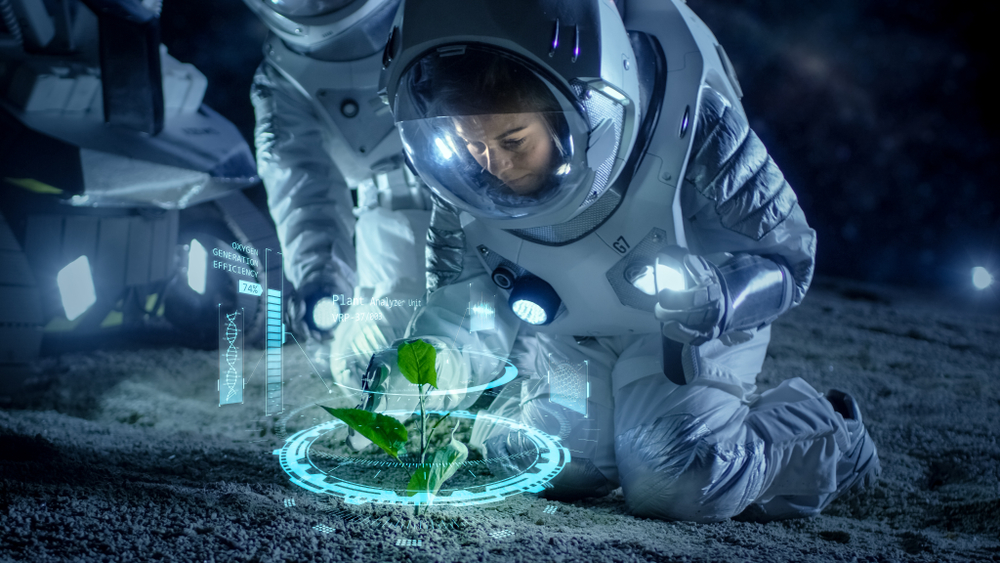
Experiments on the ISS have successfully grown vegetables like lettuce and radishes, paving the way for sustainable food sources on long-duration missions. Growing food in space reduces the dependence on resupply missions from Earth and contributes to the development of closed-loop life support systems. These experiments also provide insights into plant biology and the challenges of cultivating crops in microgravity.
This article originally appeared in MyCarMakesNoise.
More from MyCarMakesNoise
15 Common Scams to Avoid When Buying a Used Motorcycle

Buying a used motorcycle can be an exciting yet daunting experience. With so many great deals out there, it’s easy to get caught up in the thrill of the hunt. However, it’s crucial to stay vigilant and informed to avoid falling victim to scams. Read More
Discover the 15 Secrets Auto Detailers Use for Car Maintenance

Keeping your car in top condition doesn’t have to be a mystery. Auto detailers have a few tricks up their sleeves that can make a big difference in maintaining your vehicle. Read More
20 Diesel Engines Built for Endurance

When it comes to reliability and longevity, diesel engines are often the top choice for many vehicle owners and industry professionals. Read More




